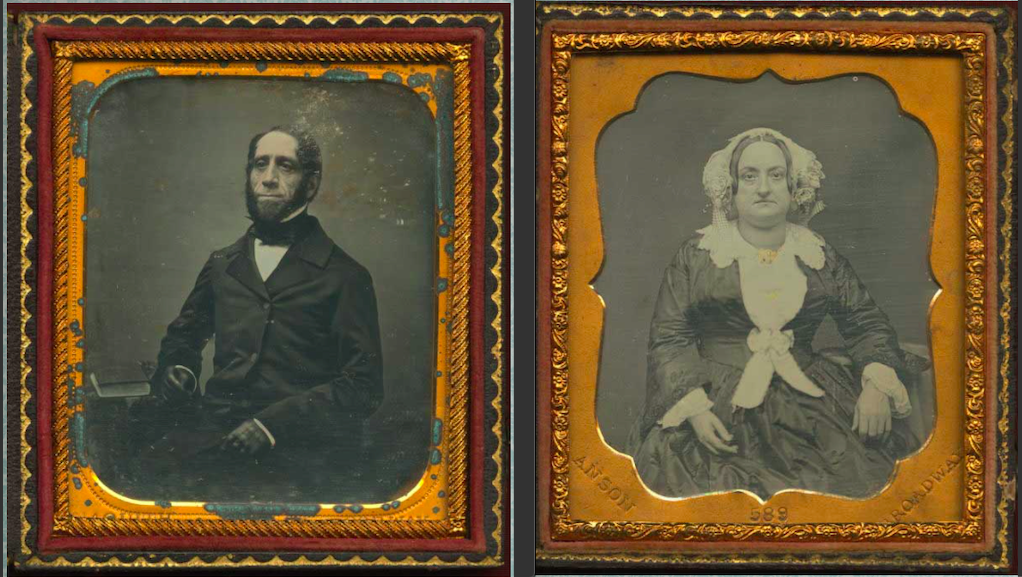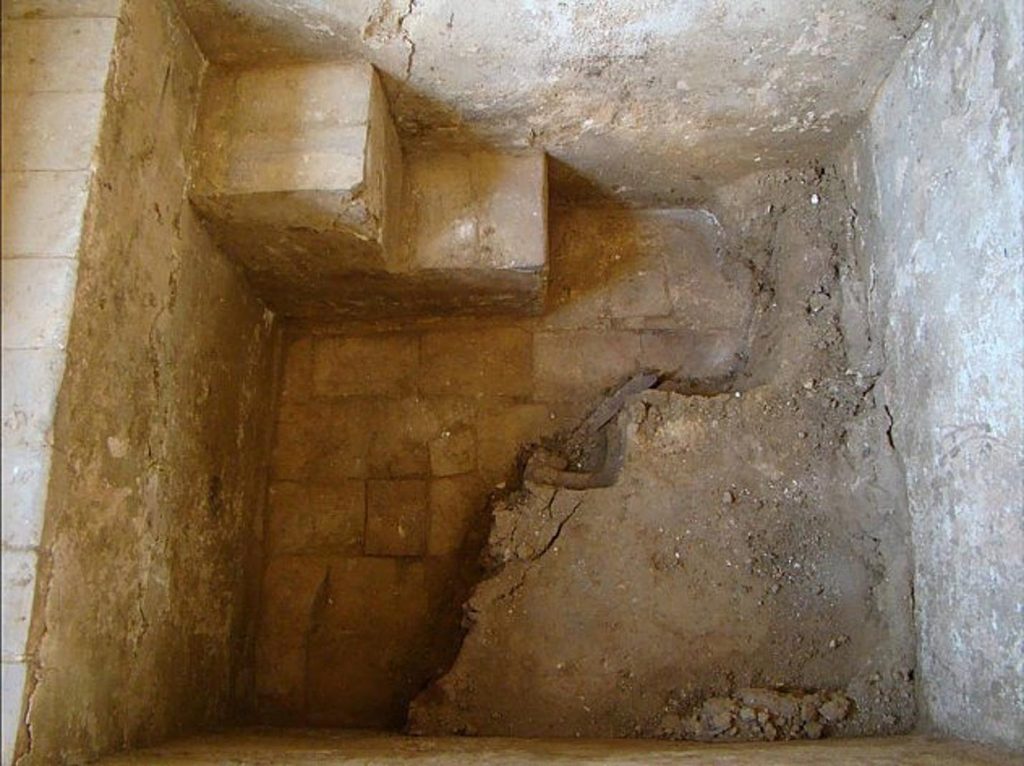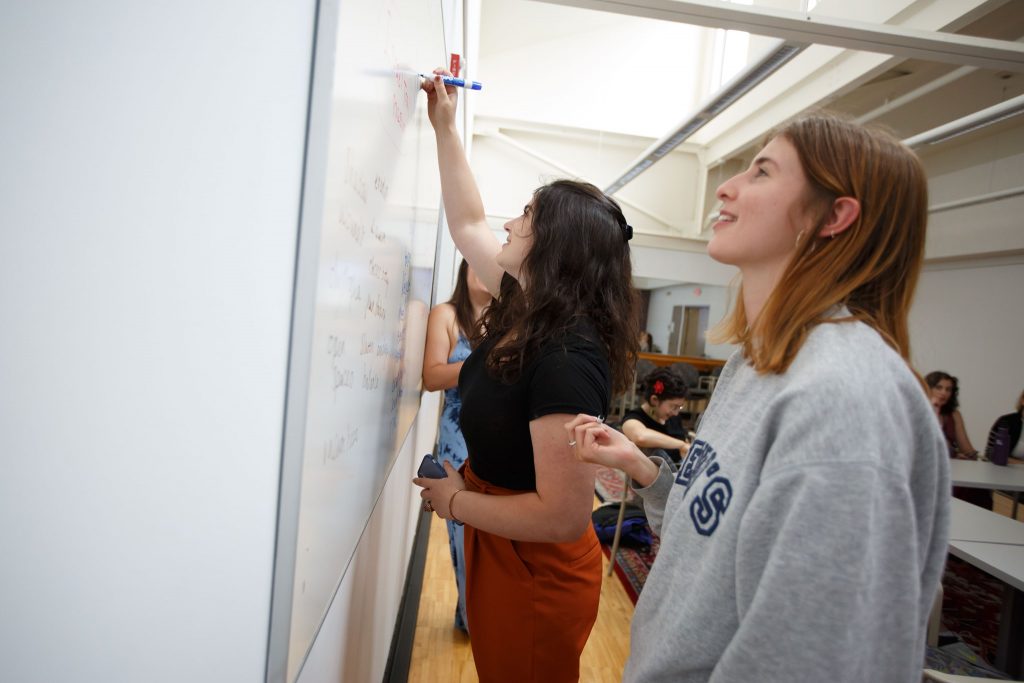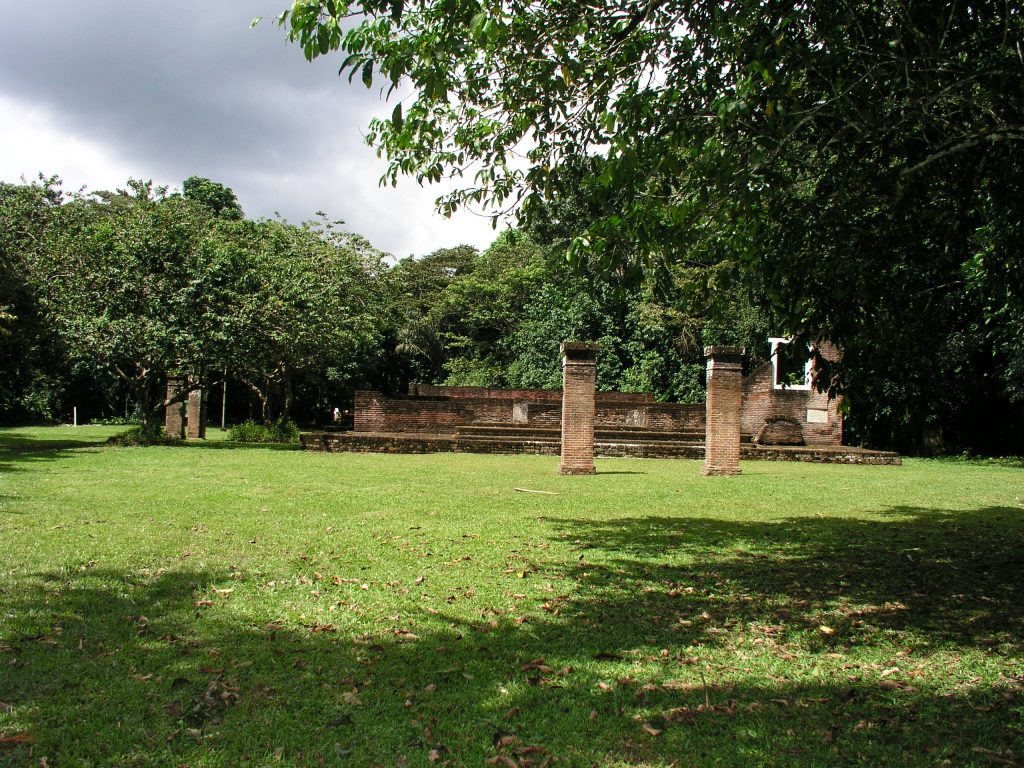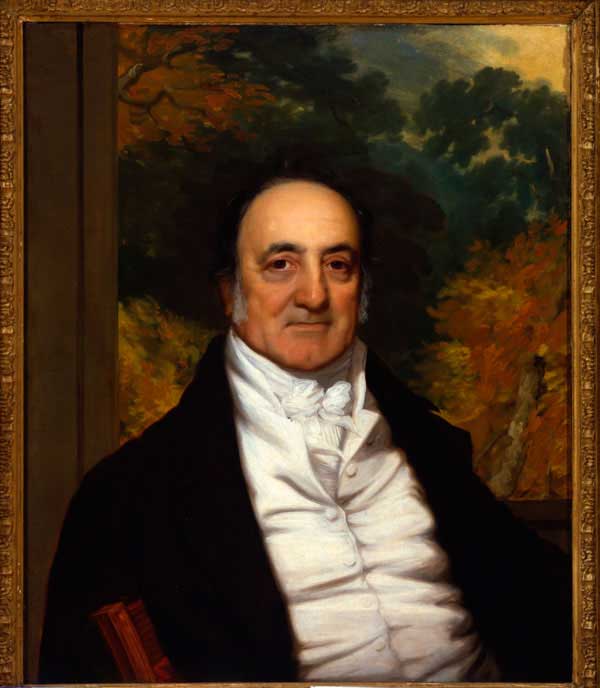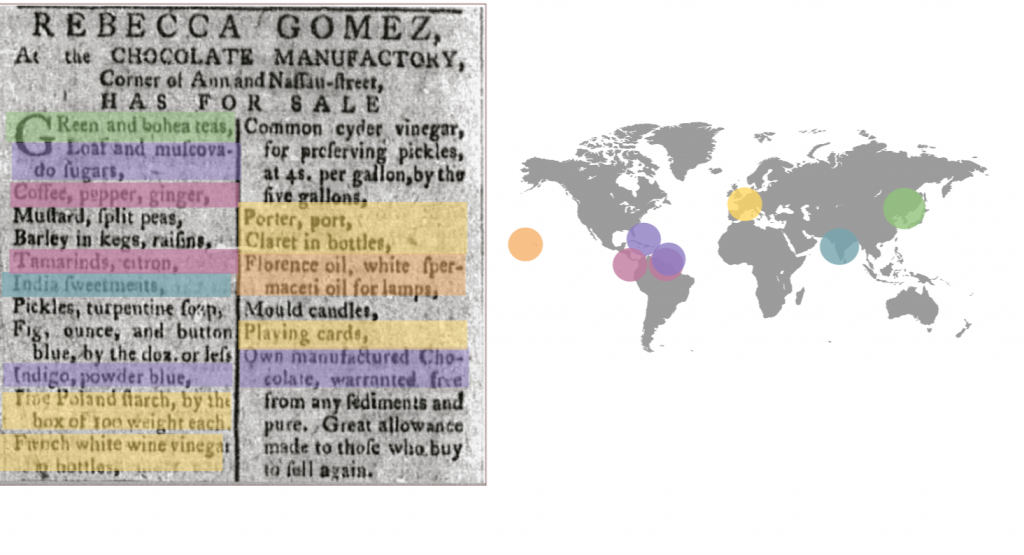
This is a daguerrotype of Judah P. Benjamin, a politician who served in the U.S. Senate and in various cabinet positions in the Confederate government. At the tim, he was the highest-ranking Jew in any North American government.
Daguerrotypes were popular alternatives to silhouettes. They were cheaper, and they took less time to produce. They were popular in the Jewish community because the typical pose the subject took helped deemphasize traditionally Semitic features, as opposed to silhouettes, which emphasized the profile.
In this image, Benjamin appears with a slight smile and sits with a relaxed posture. He is well-dressed, but his shirt is tucked in unevenly. He wears no accessories, and there are no other objects in the image.

